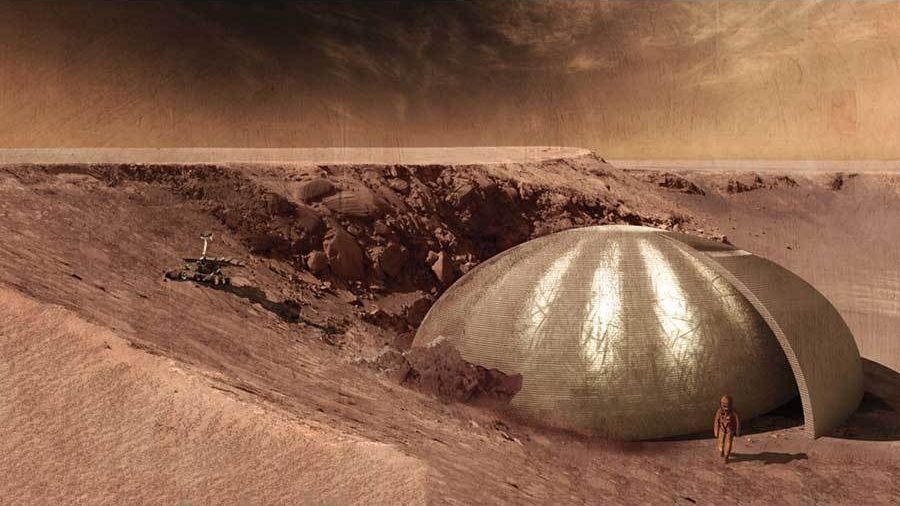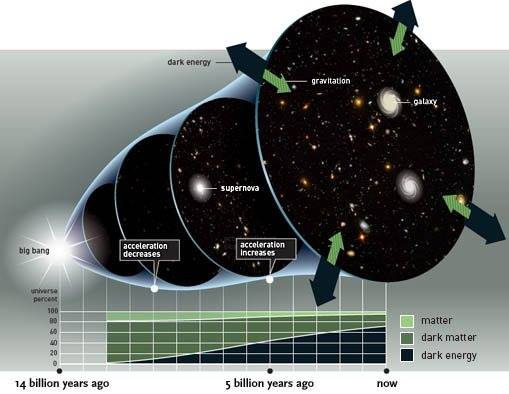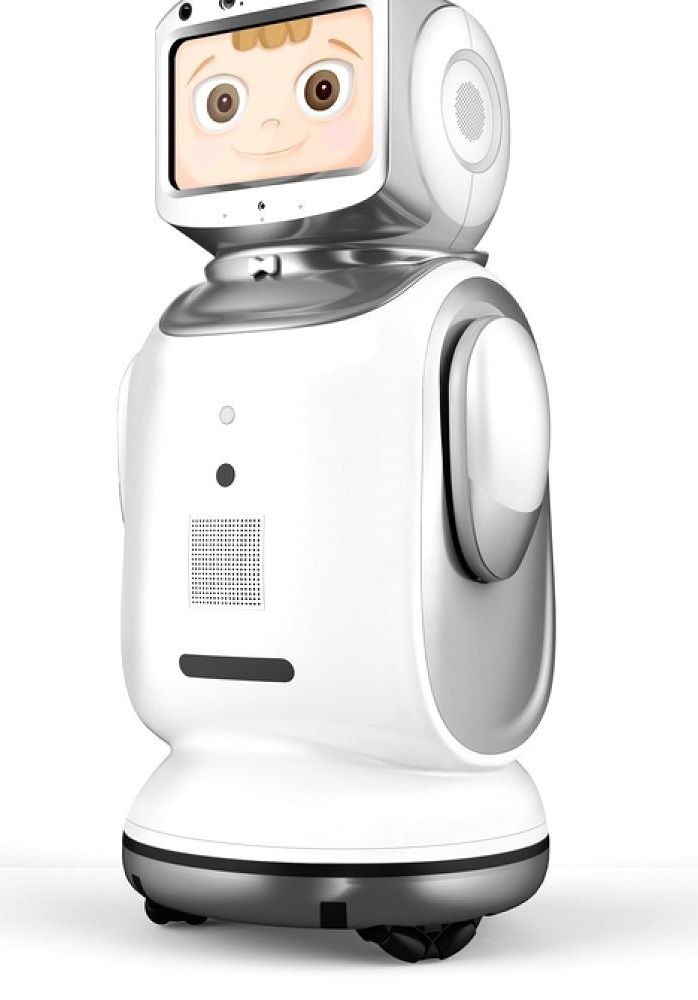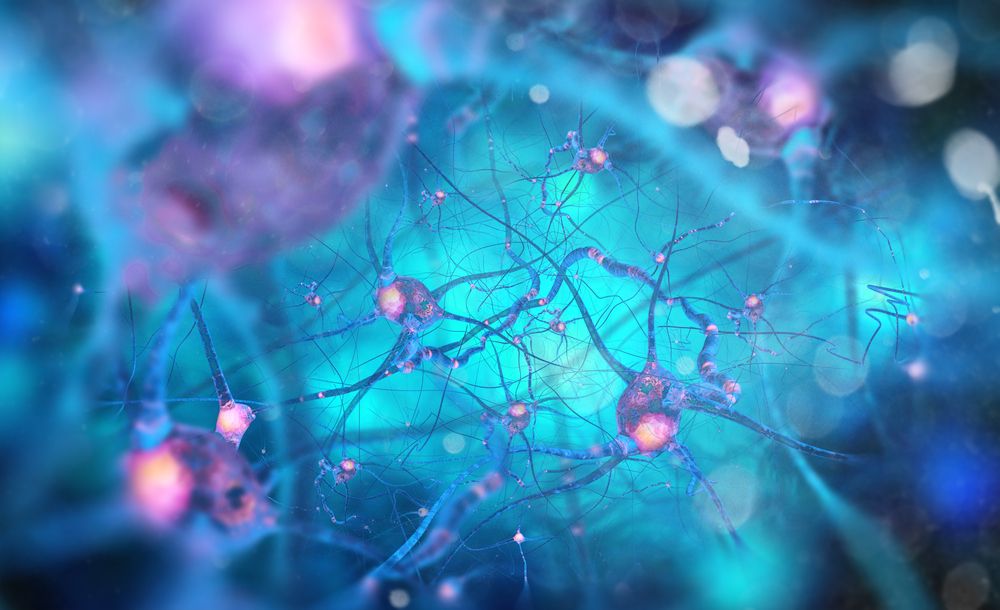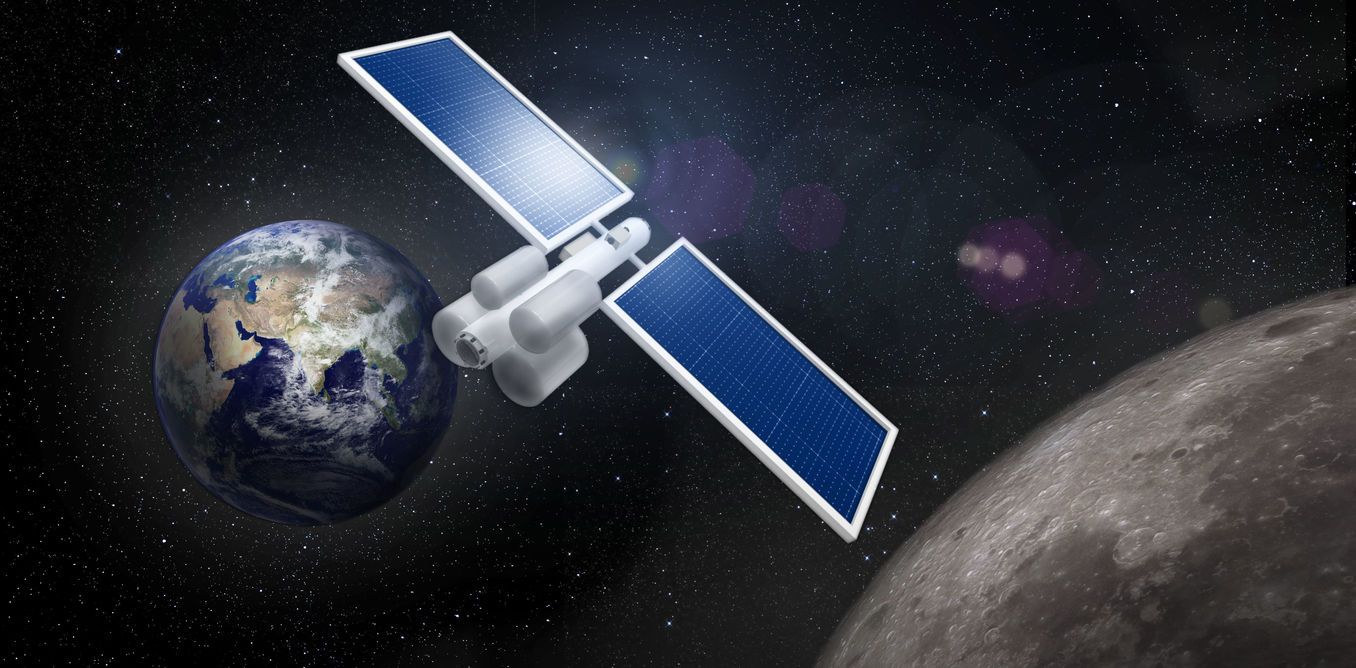Aug 31, 2017
Social Experiment Known as Privacy Won’t Survive the Future
Posted by Mark Larkento in categories: economics, privacy
To help you understand the significance of this, in terms of cameras, we’re looking at 6 times more than the total number of our global population today. And in terms of sensors, we’re looking at 133 times more than the total number of our global population.
To quote economics theorist Jeremy Rifkin at length:
While privacy has long been considered a fundamental right, it has never been an inherent right. Indeed, for all of human history, until the modern era, life was lived more or less publicly, as befits the most social species on Earth. As late as the sixteenth century, if an individual was to wander alone aimlessly for long periods of time in daylight, or hide away at night, he or she was likely to be regarded as possessed. In virtually every society that we know of before the modern era, people bathed together in public, often urinated and defecated in public, ate at communal tables, frequently engaged in sexual intimacy in public, and slept huddled together en masse.
Continue reading “Social Experiment Known as Privacy Won’t Survive the Future” »


